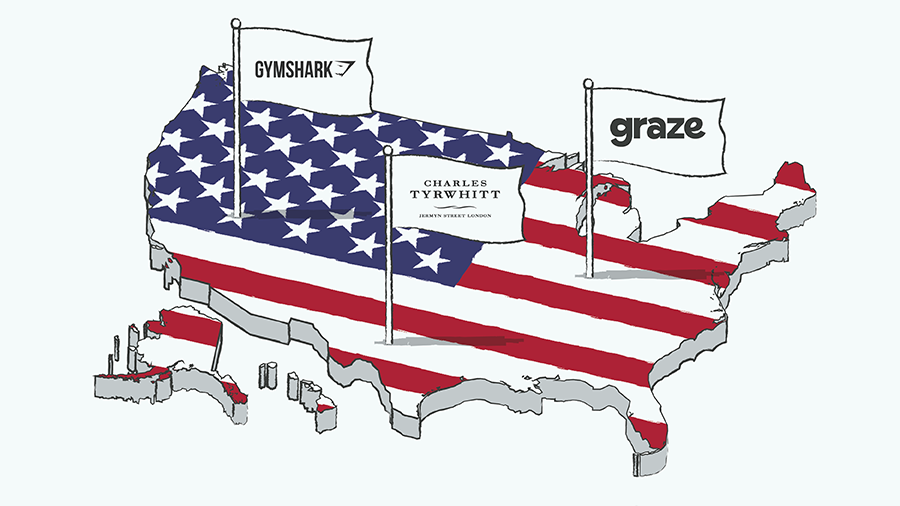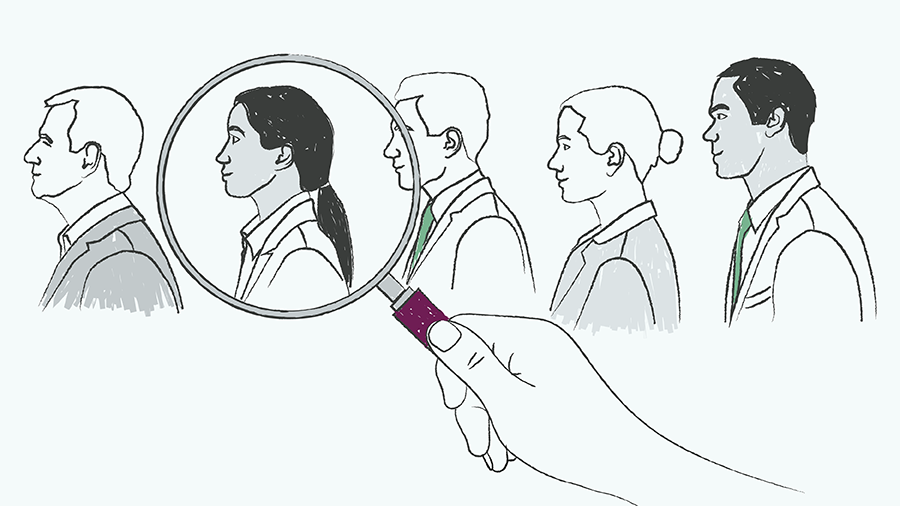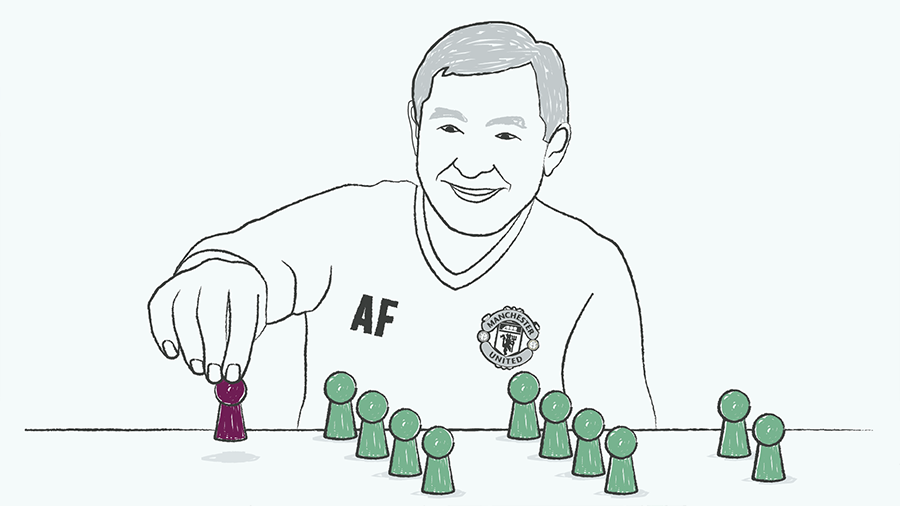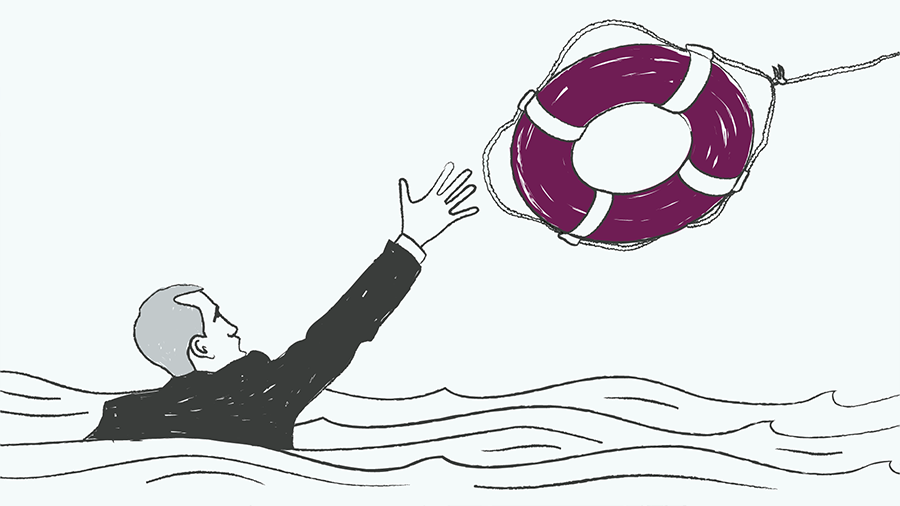Leaders in high-growth companies will know that you can’t take talent for granted. Good people always have a choice. They don’t have to work for you; they certainly don’t have to go above and beyond.
A simple ‘thank you’ when they do so can be remarkably powerful, particularly when motivation might otherwise be flagging. It’s hard to quantify the impact of clapping for the NHS or for carers during the depths of the first lockdown, but I’d wager it meant rather a lot to those exhausted key workers.

This isn’t just about being kind or decent – though these are very important qualities for any leader. There’s a powerful business benefit too. As University of Kentucky Professor of Management Christine Riordan summarised in the Harvard Business Review: “Research on gratitude and appreciation demonstrates that when employees feel valued, they have high job satisfaction, are willing to work longer hours, engage in productive relationships with co-workers and supervisors, are motivated to do their best, and work towards achieving the company’s goals.”
All this may sound obvious, but it’s easy to forget to do. A CEO’s diary can be an unforgiving taskmaster, shunting you from one meeting to the next, with barely enough time to make a coffee in between, and that’s in a normal year. With time at a premium and stress high, the little things – from a courteous thank you after a catch-up to a thoughtful note out of the blue – can get lost.
So here are a few principles for how to bake gratitude into your leadership style and organisational culture.
Keep it little and often
Much like feedback, appreciation is more effective when it comes in regular bursts – Gallup recommends as often as every week – not a deluge. Rather than relying on memory, make it a habit. You could even diarise a round of ‘thank you’s, or institutionalise it, for example in a monthly all-hands meeting with prizes. Just be careful not to make it too frequent – or, worse, to grasp for straws – as that may strike some as insincere.
Think outside the (money) box
The temptation is to equate gratitude with financial rewards, but this can be problematic for two reasons: 1) Reliance on discretionary bonuses ties appreciation to financial performance, but what about when times are hard?; 2) More money does nothing to address people’s intrinsic motivation, and can make the relationship feel transactional. Instead, remember that recognition can take many forms, often at relatively low cost, be that unexpected days off, days out, company-wide awards or simply taking someone out for a coffee.
Make it individual
Saying thank you is a very personal thing, so you need to be specific about the thing you’re thankful for and the person you’re thankful to. Singling someone out for applause at a town hall may make one employee’s day, but mortify another; a handwritten note that one person would frame could end up scrunched in another’s bin. If in doubt, ask their line manager or colleagues for ideas.
Encourage a culture of gratitude
Appreciation works best when it doesn’t just flow one way, but is part of a strong, supportive culture where people don’t take each other for granted. Encourage staff to express their thanks to other team members, for example by nominating them for prizes or shout-outs. This has the added benefit of surfacing the great work that people are doing that otherwise you’d never hear about.
Walk the talk
No one likes a hypocrite, as the backlash over the NHS pay rise made perfectly apparent. If you’re consistently overworking people and treating them like garbage, then no number of gift certificates or eloquent emails expressing your thanks will restore their motivation or affection for the company. In fact, at that stage, hollow words are only likely to stoke a culture of cynicism and resentment.
Above all else, the best way you can show people that you appreciate them is to act like you do – to trust them, respect them and listen to them. This requires an environment where they actually want to work, with a culture where individuals are valued for who they are and a structure that allows opportunities for development and progression. In short, before thinking about how to say thank you, you need to think about how to give people something to be thankful for.
















